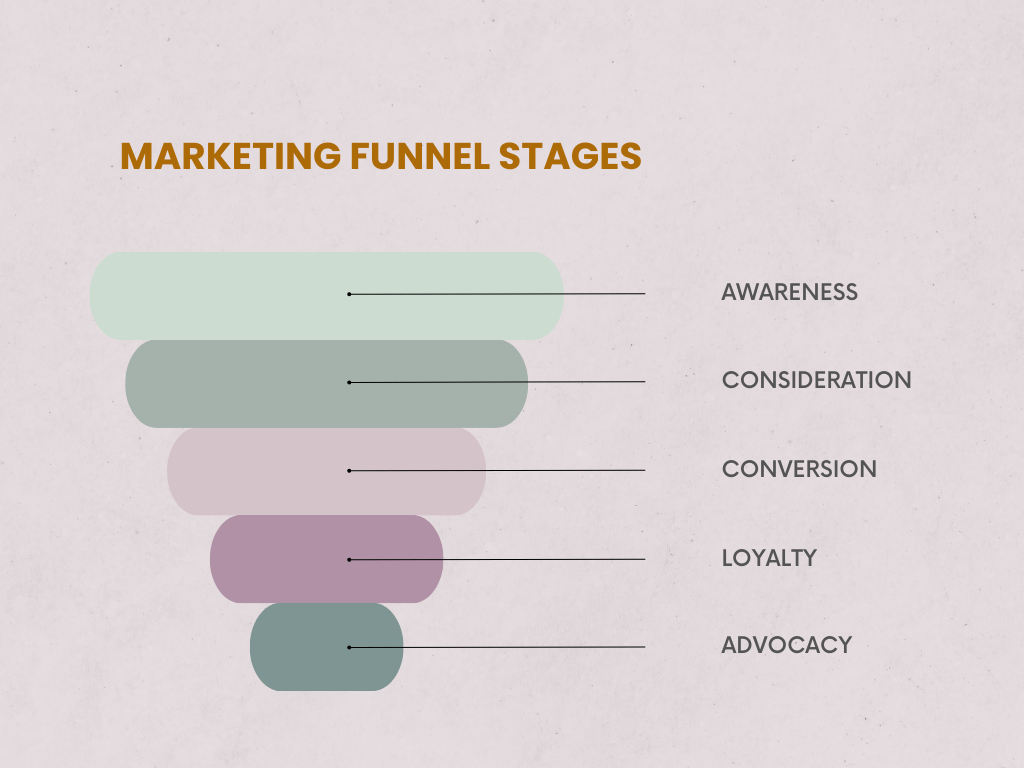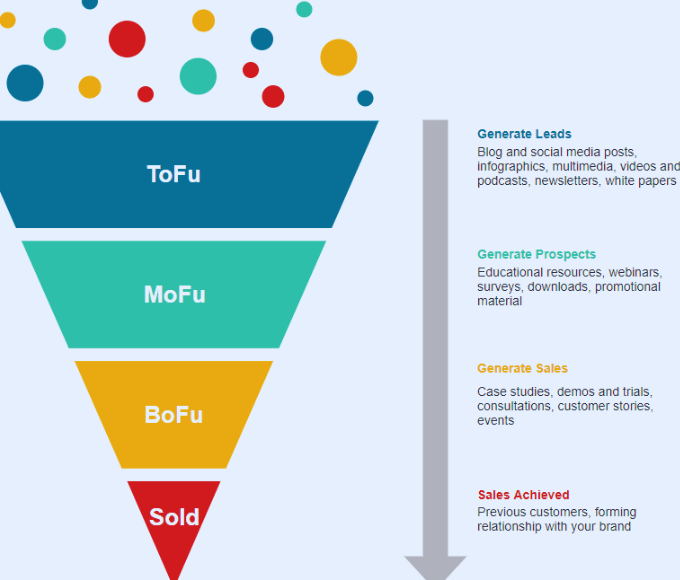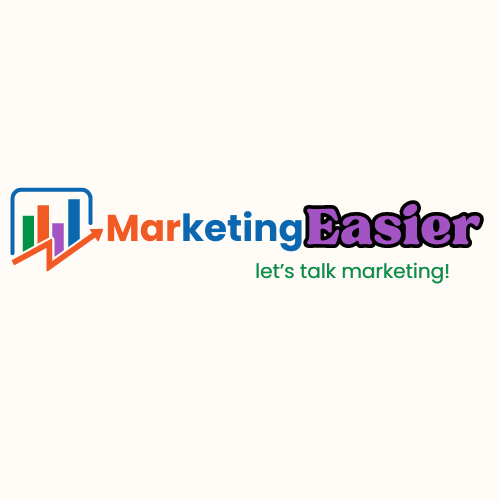
Have you ever thought about how a marketing funnel can help you get more out of your existing customers? Many companies put a lot of effort into finding new customers while neglecting the potential of increasing the lifetime value of their existing ones.
Table of Contents
ToggleYou know, it costs significantly more to attract a new customer than to retain an existing one, right? Well, in this article, you’ll learn how you can use marketing funnel to increase customer value and loyalty.
What is marketing funnel?
A marketing funnel, also known as a purchase funnel or sales funnel, is a model that helps businesses visualize the customer journey from the initial stage of awareness to the final stage of purchase. It is an essential tool for businesses as it helps them understand and optimize the customer’s path to purchase.
The most commonly used model for marketing funnels is the Awareness-Interest-Desire-Action (AIDA) model, which was developed in 1898 by E. St. Elmo Lewis. Each stage represents a different phase of the customer’s interaction with the brand.
Marketing funnel importance
Marketing funnels are essential for optimizing the customer journey and increasing customer lifetime value. The top of the funnel is all about building brand awareness and recognition.
To attract new customers, you need to be visible on social media, use content marketing, collaborate with influencers, and optimize your website for SEO. Your target customers are already spending time on these platforms, so focus on providing value and capturing their interest, rather than pushing immediate sales pitches.
The Stages of the Marketing Funnel
The marketing funnel consists of four main stages: Awareness, interest, desire and action. Let’s take a closer look at each stage.
1. Awarness
The Awareness stage is the first interaction a person has with your brand. At this stage, people become aware of your brand, product, or service. For example, they may come across your content on social media, search engines, or through word-of-mouth referrals.
Your goal during this stage is to create brand awareness and capture the attention of your target audience. You can achieve this by implementing various tactics such as content marketing, social media advertising, search engine optimization (SEO), and influencer partnership.
2. Interest
Once people become aware of your brand, they enter the Interest stage. During this stage, they start to interact with your brand and show interest in your product or service. They may explore your website, see product reviews, compare prices, or sign up for your newsletter, or follow you on social media.
Your objective in the Interest stage is to grab the interest and build relationships with potential customers. Personalized email marketing, tailored content, webinars, and free trials are some ways to accomplish this
You can maintain the interest and engagement of potential clients by offering helpful information and emphasizing the unique benefits that your product or service offers.
3. Desire
4. Purchase (Action)
How to Create a Marketing Funnel?
1. Identify Your Target Audience
2. Generate Awareness
3. Develop an Interest
4. Create Desire
5. Facilitate Action
Use retargeting techniques to connect with prospective clients who have expressed interest but have not yet completed a purchase.
You can remind customers or make a personalized offer to motivate them to take action. To get the most out of your marketing funnel, keep an eye on and optimize your conversion rates.
Marketing Funnel Metrics
To effectively measure the success of your marketing funnel and identify areas for improvement, it is crucial to track and analyze relevant metrics. Consider these key metrics at each stage of the funnel:

| Metric | Description |
|---|---|
| Top of Funnel (TOFU) | Users: The number of unique visitors your website receives. |
| Organic traffic: The number of clicks coming from search engines to your website. | |
| Keyword rankings (TOFU): Your website’s organic ranking positions in the search results for TOFU keywords. | |
| Middle of Funnel (MOFU) | Star ratings: The quantity and quality of reviews on different platforms like Google Reviews. |
| Monthly subscriber growth rate: The percentage difference between the number of email subscribers from the start of one month to the next. | |
| Keyword rankings (MOFU): Your website’s organic ranking positions in the search results for MOFU keywords. | |
| Bottom of Funnel (BOFU) | Conversions: A conversion happens when a visitor to your website completes an action that you are tracking (e.g., buy your product). |
| Return on Investment (ROI): The measure of the impact a campaign or channel had on the revenue of the business (e.g., Facebook ads). | |
| Keyword rankings (BOFU): Your website’s organic ranking positions in the search results for BOFU keywords. |
By tracking these metrics, you can identify areas of improvement, discover potential bottlenecks, and optimize your marketing strategies accordingly.
Conclusion
Any business looking to maximize its marketing efforts and increase sales needs to understand the marketing funnel. Through the implementation of focused techniques at every phase of the funnel, you may proficiently steer prospective clients from awareness to action.
Remember to identify your target audience, generate awareness, nurture interest, create desire, and facilitate action. Continuously track and analyze relevant metrics to measure the success of your marketing funnel and make data-driven improvements.
Frequently Asked Questions
- What are marketing funnels?
Marketing funnels visualize the customer journey, from initial awareness to purchase and post-purchase stages.
- What are the 4 stages of a marketing funnel?
The 4 stages of marketing funnel are Awareness, Interest, Decision, and Action.
- What are the 5 stages of the marketing funnel?
The 5 stages are:
- Awareness: Make people aware of your brand (e.g., social media content, ads).
- Consideration: Spark interest and highlight your solution (e.g., informative content, addressing pain points).
- Conversion: Encourage them to buy (e.g., discounts, clear calls to action).
- Engagement: Maintain relationships and build loyalty (e.g., personalized communication, loyalty programs).
- Advocacy: Turn them into brand advocates (e.g., referral programs, user-generated content).
- What is an example of a marketing funnel?
Imagine you sell fitness trackers. Your funnel could look like this:
- Awareness: You run social media ads showcasing people using your tracker to achieve their fitness goals.
- Consideration: You offer a free guide on healthy habits and how your tracker can support them.
- Conversion: You provide a discount code for first-time purchases.
- Engagement: You send personalized emails with workout tips and progress tracking insights.
- Advocacy: You run a contest where customers share their fitness journeys using your tracker for a chance to win prizes.
- What is funnel analysis in marketing?
Funnel analysis is the process of evaluating how customers progress through your marketing funnel. It involves tracking key metrics at each stage, such as website visits, sign-ups, and purchases. This analysis helps you identify areas where potential customers drop off and allows you to optimize your funnel to improve conversion rates and ultimately maximize customer lifetime value.
- Is marketing funnel a strategy?
No, a marketing funnel is a framework for visualizing the customer journey, not a complete strategy in itself. It helps you structure your marketing efforts and identify key touchpoints but needs to be combined with specific strategies and tactics to be effective.
- What is the marketing funnel also known as?
The marketing funnel is also known as the purchase funnel, buyer funnel, customer funnel, conversion funnel, or sales funnel.
- Why create a marketing funnel?
Marketing funnels help you:
- Target the right audience at each stage of their buying journey.
- Deliver relevant messages based on their needs and interests.
- Identify and address leaks in your customer acquisition process.
- Increase conversions and maximize customer lifetime value.
- What is sales vs marketing funnel?
While both are concerned with customer journeys and conversions, they have distinct focuses:
- Marketing funnel: Aims to broaden awareness and attract potential customers. It focuses on nurturing leads and guiding them toward the sales funnel.
- Sales funnel: Focuses on converting leads into paying customers. It involves direct interactions and closing deals.
- How can I improve awareness in my funnel?
Utilize targeted content marketing, social media engagement, and strategic advertising.
- How can I guide customers towards making a decision?
Address their pain points, highlight product benefits, and provide clear calls to action.
- What are some strategies to encourage action (purchase)?
Offer promotions, discounts, and personalized recommendations.
- Is a single marketing funnel suitable for all products or services?
No, different products and customer segments may require unique funnel designs and strategies.
- What are some common mistakes in designing marketing funnels?
Generic messaging, lack of personalization, unclear calls to action, and neglecting the post-purchase stage.


